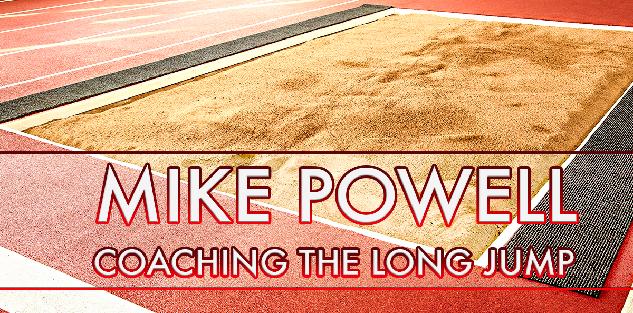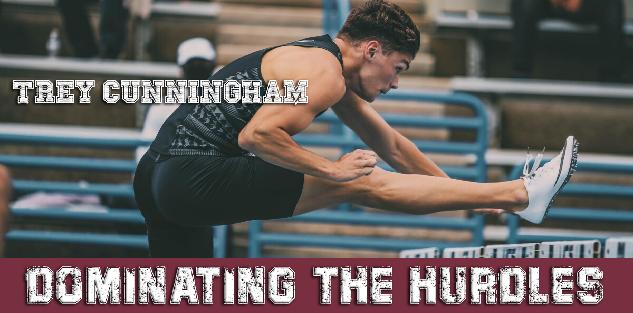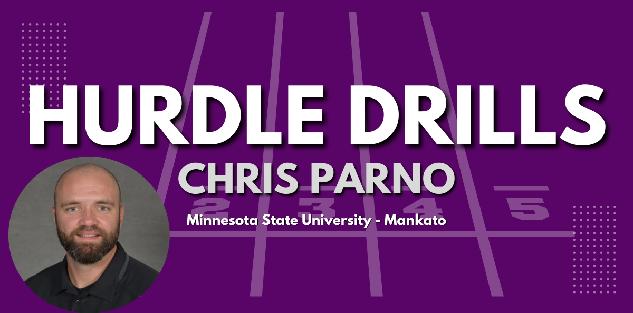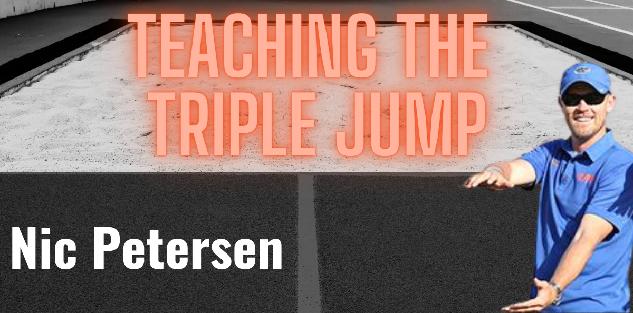Featured courses
- The Ultimate Guide to Coaching Track and Field by Jackson Chlebowy
- How TCU Coach Khadevis Robinson Builds Mental Toughness for Big 12 Track by William Markey
- Two Points of Focus When Coaching and Training Hurdles by Grant Young
- Four Keys to Maximize Winning Potential in a 400m Race by Grant Young
- Three Lessons Every Distance Running Coach Should Know by Grant Young
- Olympic Medalist Jasmine Moore’s Triple Jump Approach Technique Keys by Grant Young
- Build Strong Triple Jump Foundations with 3 Key Drills by William Markey
- Two Cues to Help With Track and Field Relay Handoffs by Grant Young
- Four Shot Put Drills to Help Develop Your Athletes by Grant Young
- Three Training Tips For Coaching 400m Runners by Grant Young
- Four Tips for Teaching the Javelin Throw by Grant Young
- 3 Pole Vault Check Points From Legendary Kansas Coach Tom Hays by Grant Young
- Two Valuable Hammer Throw Training Tips by Grant Young
- 3 Must-Try Offseason Shot Put Drills by William Markey
- Four Essential Tips For Coaching Track Relays and Sprints by Grant Young
- Florida Gators Coach Nic Petersen’s Two Keys for Teaching the Triple Jump by Grant Young
- Three Effective Drills for Improving the Long Jump by Grant Young
- Three Drills for Sprinters That Track Coaches Swear By by Grant Young
- Four Pole Vault Drills All Track and Field Coaches Should Know by Grant Young
- Explosive Track and Field Training to Level Up This Summer by Tyler Rathke
- Throwing Secrets: The Entry by Tyler Rathke
- How to Find an Endurance Athlete’s Proper Training Pace by Grant Young
- The Technique Behind Mykolas Alekna’s Discus World Record by Grant Young
- How to Build a Sprinter's Training Regimen by Grant Young
- How to Teach the Glide Shot Put by Grant Young
- Three Hurdle Drills All Track Coaches Should Know by Grant Young
- How Distance Running Coaches Can Get the Most Out of Their Athletes by Grant Young
- The Technique Behind Mondo Duplantis' Pole Vault World Record by Grant Young
- How to Coach Weightlifting For Increased Speed and Acceleration by Grant Young
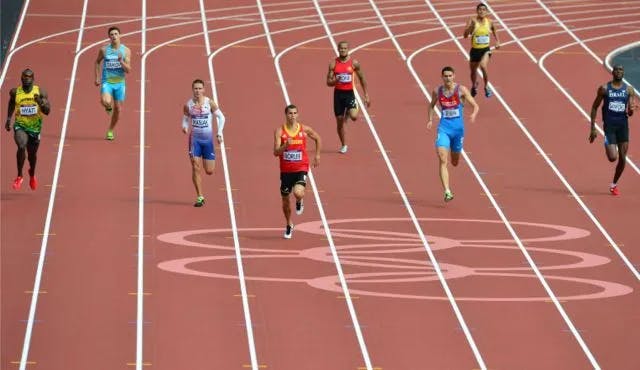
Four Keys to Maximize Winning Potential in a 400m Race
- By Grant Young
Competing in the 400m track and field race presents a multitude of challenges. Runners must master the delicate balance of speed and endurance, strategically pacing themselves while maintaining a strong, consistent pace. This race is not just a physical test but also a mental battle, requiring unwavering determination and focus. Excelling in the 400m race also requires having a comprehensive and specific 400m training program.
There are some basic tips that most track and field coaches know to teach to their 400m runners. For example, when running the 400m race, it's crucial to start with a powerful but controlled sprint to establish a strong position. As you approach the curve, focus on maintaining speed and form, using the momentum to your advantage. Effective pacing and a strong finish are essential for a successful 400m race.
But because anybody who has been around track and field should be aware of these tips by now, these strategies alone aren’t going to win any races. Yet, the advanced insights of a 400m guru like Ernie Clark might.
Ernie Clark is in his second year as an Assistant Coach in charge of sprints, hurdles, and jumps after joining the NAU Track & Field coaching staff in the fall of 2023.
In the 2024 outdoor season, Coach Clark sent six athletes in eight events to the NCAA West Regional, with the women’s 4x400-meter relay team earning a spot at the national meet. Clark joins the team from San José State, where he was an assistant coach for two years and coached 11 Mountain West Conference Champions, with eight of those champion titles coming in the 2022-23 season.
Prior to his time with San José State, Coach Clark was an associate head track & field coach at Ashland for six years, where he was a four-time USTFCCCA National Assistant Coach of the Year recipient. The Eagles earned three NCAA 4x400-meter relay national titles under Clark’s guidance.
Coach Clark’s ‘Maximizing Potential in the 400m’ course provides some of the insights there is to find about maximizing an athlete’s potential in the 400m. We’ve pulled some of his best lessons to give you a taste of how he can help the 400m runner in your life start winning with ease.
Best Way to Increase Speed
Coach Clark stresses that no time should be wasted when there’s an opportunity to engage and teach your athletes. This starts during warmups, which is a great opportunity to make people faster.
If a coach is engaged with a track team’s warmup, it will not only help ensure that their team isn’t slacking off and getting their bodies prepared properly, but it will also help so that they’re facilitating good habits rather than bad ones. For example, if a player is being lazy with their arm mechanics while doing their warmup, that can create a bad habit that will rear its ugly head when the actual training (or, even worse, the actual competition) begins.
During these warmup sessions, a coach should be looking to improve their team’s posture, coordination (especially with younger athletes), Dorsi flexion (the movement of the hand or foot upward and away from the body), improved arm drive, and leg movement patterns, specifically as it pertains to their leg strike.
“You can help all those things get better in warm-up,” Coach Clark says. “Just doing that, if you end the day with that, and then you go to races, [athletes] will actually be faster.”
400m Training Keys Part 1
Going off of the previous points, Coach Clark notes that every warm-up should end with an acceleration or a sprint that is coached.
Coach Clark also notes that all of his speed workouts will be between 30m to 150m in length, with the occasional 200m run. Of course, he also employs training sessions with runs that are longer for his 400m runners, but the focus for those won’t be on speed, and instead will center around slow twitch or aerobic development.
The shortest rest that Coach Clark ever has with speed workouts is four minutes, but they’re usually even longer than that in order to keep quality and technique high among his athletes.
“It’s not how fast you run, it’s how you run fast,” is a quote that Coach Clark lives by early on in the season. What he means by this is that he isn’t worrying too much about his athletes’ times, but instead about how their habits and running mechanics are developing. Once their mechanics are in a good place, they will be conserving more energy and therefore will produce better times from there.
Finally, coaches should not try to coach their runners on a meet day. Any coaching should have already taken place before that point, and the meet day should just be encouraging athletes to run as fast as possible without overthinking.
400m Racing Strategies
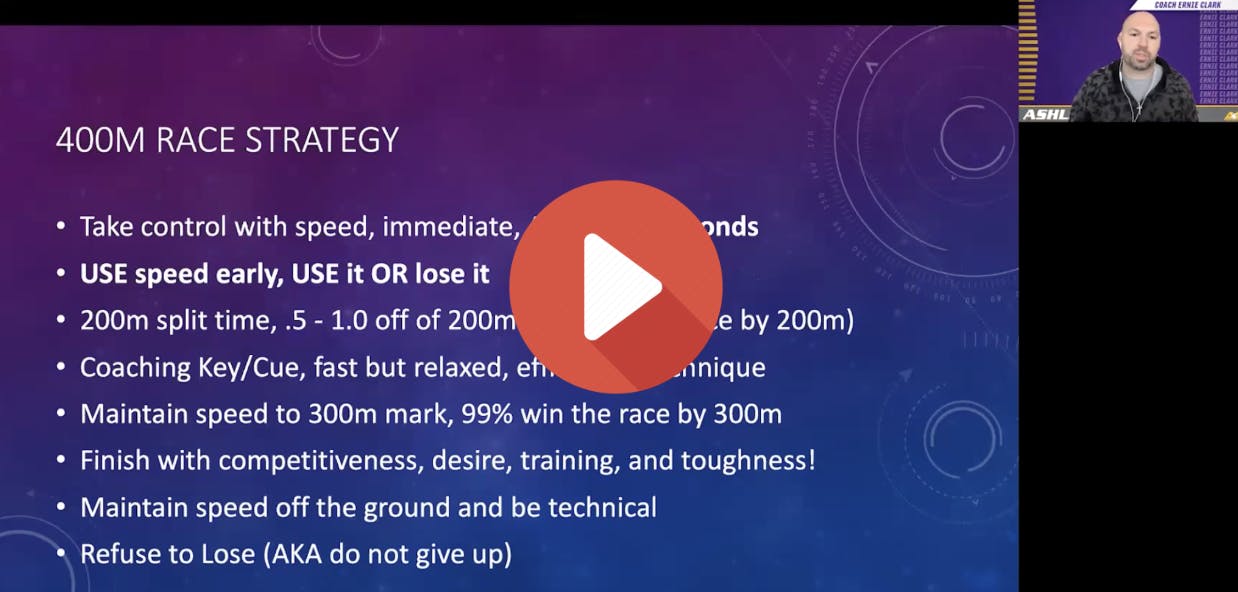
Coach Clark stresses that 400m race strategy won’t change depending on whether the race is indoors or outdoors. The reason for that is the runner has got to get to a breaking point indoors to make sure that they don’t get stuck behind somebody. Because everybody is in their lanes outdoors, this same issue isn’t prevalent.
He also suggests that runner should be taking control through their speed immediately in the race; ideally within the first four seconds. He also explains how 95% of 400m races are won within the first 200 meters, so there’s no reason a runner should be pacing themselves in the first half of the race.

